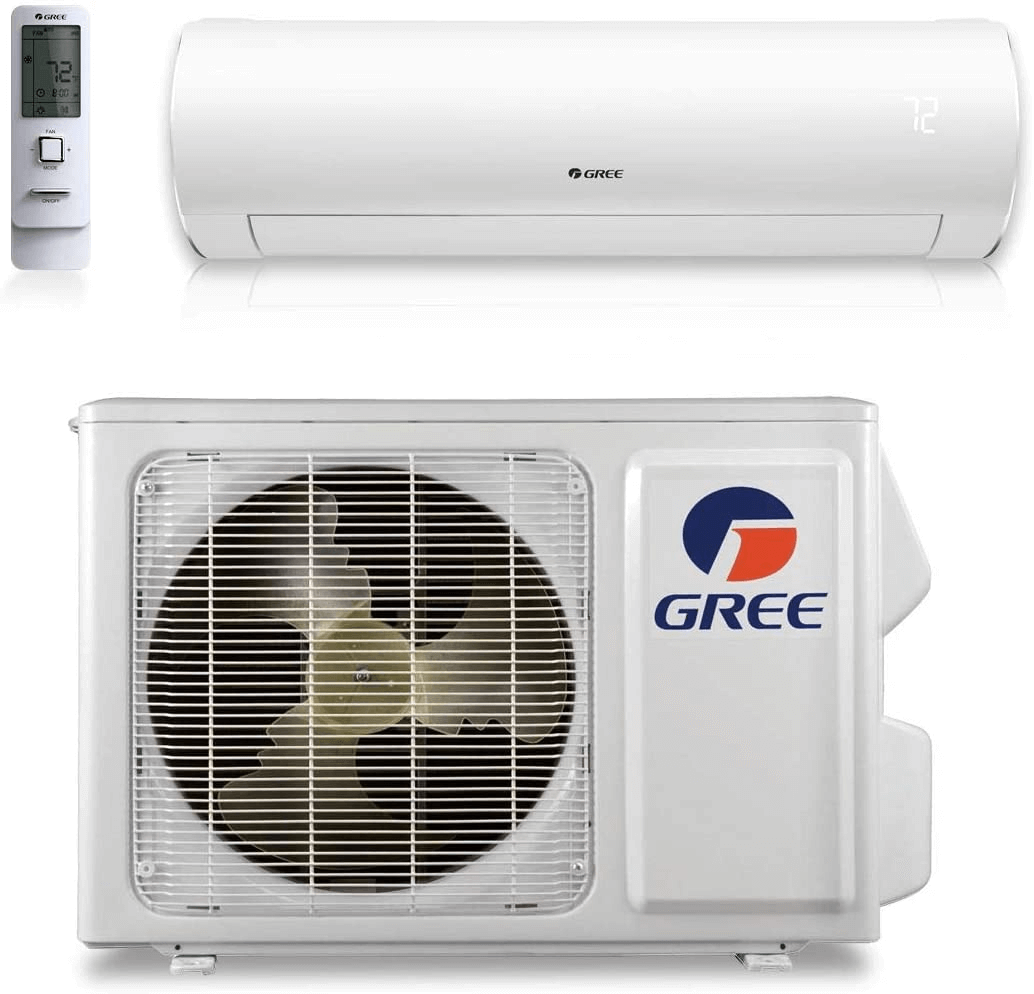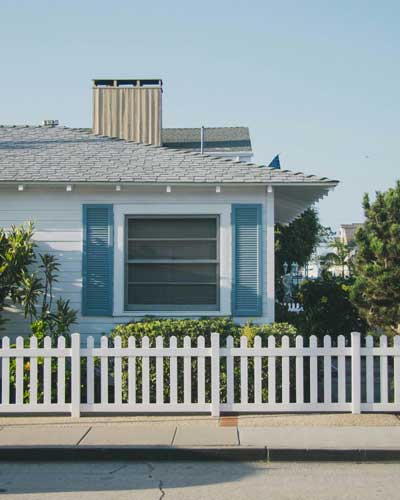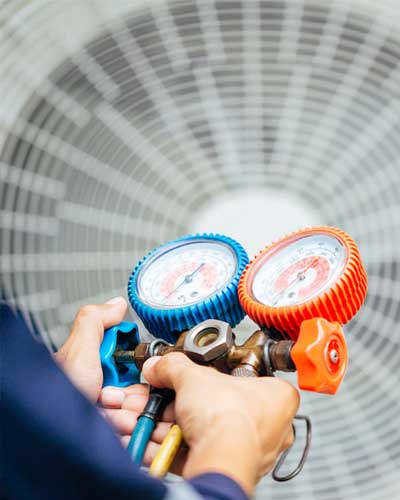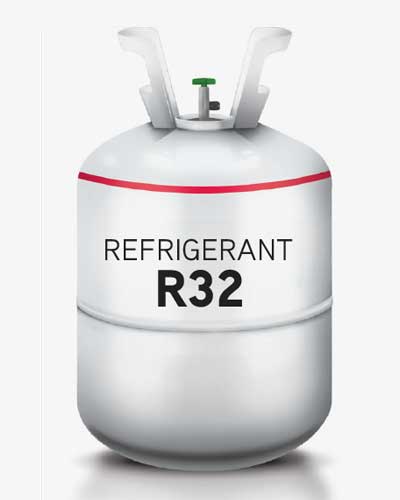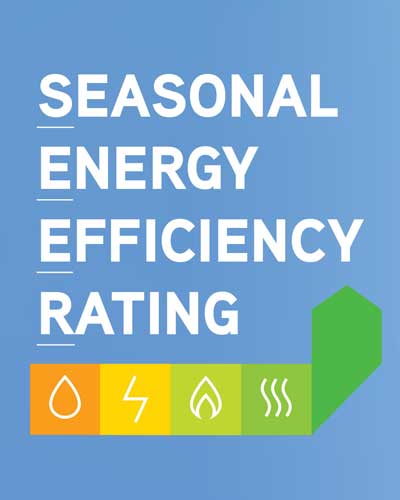
Air conditioners for sheds and multipurpose spaces
Renovated sheds are on the rise in the US. There are a handful of factors contributing to this new trend in home renovation. Since the global pandemic shutdowns of 2020, America’s workforce has been changing and evolving. Many across the country have transitioned from in-office to work-from-home positions. Unfortunately for HVAC techs, the nature of our jobs doesn’t allow for work-from-home but these changes have still had a major effect on the HVAC industry indirectly.
With work-from-home jobs becoming increasingly popular, many homeowners find themselves remodeling to create home office spaces. Many are also creating workspaces where you might not expect by converting sheds and garages into workspaces as well. In fact, I (James McIntyre, Associate Director of Commercial Sales and Product Development at GREE) turned my own shed into a home office and work out of it regularly myself!
The rise in work-from-home has also given many people more free time in the mornings and evenings that they aren’t spending on a long commute. Sheds have always been looked to as obvious locations for general workshops, but people now have more time to pursue hobbies and they need a quiet, climate-controlled space to enjoy them in – What better location for this than a newly renovated shed? Depending on the size, a shed can make the perfect location for getting exercise, playing or recording music, or gardening. Additionally, the need for storage space is bigger than it’s ever been in the United States, and a shed makes the perfect home alternative to a self-storage locker.
However, the shed sitting in your yard probably isn’t suitable for a comfortable home office, or for many of the activities listed above in as-is condition. A shed requires climate control in order to make it an ideal environment to work, exercise, or play games in. Providing HVAC to sheds and garage spaces can pose a unique challenge. Every space is a little different and you need to take everything into consideration to find the best HVAC solution for the situation.
Ceiling and wall-mounted garage heaters
Ceiling and wall-mounted garage heaters are the most popular option for heating sheds and garage spaces. Air conditioning options, however, are a little more diverse. These spaces are not usually connected to the home and even if they are, it can be challenging to connect to the existing central HVAC system as it requires extending the ductwork and may require additional capacity, substantially more equipment and additional cost. For large garages and workshops, installing a separate central air system could make sense but for smaller spaces, there are more practical solutions.
The three most common AC units for sheds are portable air conditioners, window units and mini splits.
Portable ACs are the cheapest option. They only require a standard outlet for power and a way to vent the exhaust hose outside. This is most often done using an existing window but can be done by cutting a hole in the wall if windows are not accessible. Portable ACs are easy for homeowners to set up themselves, however, they are noisy, have limited cooling capacity and they can suck outdoor air into your workspace.
Window ACs are a popular option for sheds and garages. These units work best with double-hung windows and a dedicated circuit for power. They can be loud but are effective at cooling small spaces. Their main downside is the space they take up in the window and aren’t aesthetically pleasing. Many homeowners are attracted to the relatively inexpensive price of a window unit but are not thrilled about the window obstruction or noise. These units can provide quite a bit of cold air but aren’t the greatest for air circulation in larger spaces. Additionally, if it’s nice outside you can’t open the window while you’re using a window unit. Lastly, window AC units are one of the least efficient ways to heat and cool, so you’re not going have optimal energy bills.
Mini Splits for Sheds
Ductless mini splits are fast becoming the most popular HVAC solution for sheds and garage spaces. While they are more expensive to install than window or portable AC units, they can provide better climate control and air circulation than any other option by a wide margin. Mini splits for sheds are generally installed in the form of single zone mini splits, and are comprised of an outdoor condenser and an indoor air handler, connected with a copper lineset that runs through a small hole drilled in the wall. There are multiple types of indoor air handlers available, which can be positioned on the wall, ceiling, or floor depending on the size and design of the shed. For optimal AC performance, a wall-mounted unit positioned high in a central location is recommended.
Mini splits are the quietest and most energy-efficient option for heating and cooling renovated sheds. For homeowners looking to add a climate control solution to their recently finished shed, mini splits will require higher upfront costs. Still, they will provide the best long-term energy efficiency and air filtration, and they are by far the best-looking option for homeowners who want things to look nice. They are significantly quieter than alternatives, providing an optimal space for getting work done, plus they can provide both heating and cooling with a single unit. If your client wants the best for their new space and are willing to make the investment, you owe it to them to recommend a mini-split for their newly finished shed.
Unique challenges of cooling a shed
Installing an AC unit in a shed or garage space can require some creative solutions. Before you bid out a job, here are some questions to ask yourself when making installation considerations:
- What kind of insulation does the space have? (This can affect your BTU calculations)
- What are the electrical requirements of the unit? Is that available in the shed?
- Where am I getting my electrical connection?
- Where will the unit be mounted? Will it take up floor space/wall space/window space?
- What kind of ventilation does the space have?
Why you might recommend a ductless mini split for a shed or garage
The popularity of mini splits has increased steadily over the past decade. We see more and more clients ready to make the investment in their home and receive better performance and longevity, less hassles from their system. Portable ACs and window units are significantly cheaper but they come with drawbacks. Both can deliver cool air to a small space, but neither are effective at moving air effectively around the room, and both are noisy and disruptive.
Ductless mini split heat pumps were designed to be environmentally friendly with energy efficiency in mind. With powerful onboard fans, mini split indoor air handlers use a naturally occurring convection current to circulate air. A mini split head positioned high up on an indoor wall will cool the hot air that naturally rises towards the ceiling. The air cooled by the mini split will then fall to the floor, naturally circulating air throughout the space. This naturally occurring air movement doesn’t work effectively with window units and it is nearly non-existent with portable ACs that are placed directly on the floor. As previously mentioned, mini split systems are heat pumps, capable of providing both cooling and heating to a shed, even in cold winter climates. Heating and cooling coming from one system means less maintenance, less equipment to take care of, and none of the headaches that come from heating and cooling a shed with multiple pieces of equipment.
In conclusion, mini splits for sheds represent the best heating and cooling option for optimal convenience, aesthetic appeal, and energy efficiency, making them an unparalleled choice if your client is ready to make the investment. Their whisper-quiet operation, a simple installation process, and state-of-the-art design make them stand out from alternatives. What's more, their exceptional energy efficiency not only makes them an environmentally responsible choice but also often qualifies for attractive government rebates, enhancing their appeal to cost-conscious consumers.
When preparing a proposal for your clients, we invite you to utilize GREE's comprehensive resources. Start by visiting our rebates page to explore the incentives available for your selected system. Then, streamline your project planning with our intuitive system builder app. While you're on our website, don't miss the wealth of system documentation and training videos we've compiled. At GREE, we're committed to empowering our HVAC contractors with continuous education and resources, ensuring you're equipped to deliver unparalleled service during every phase of installing and servicing GREE mini splits.
Choosing GREE means not just installing an air conditioning system; it's about promising comfort, efficiency, and satisfaction. With our unwavering support, you can assure your clients that their investment in a GREE AC system for their shed will be one they cherish for years to come, thanks to its enduring performance and reliability.
